Deck & Commander Strategies
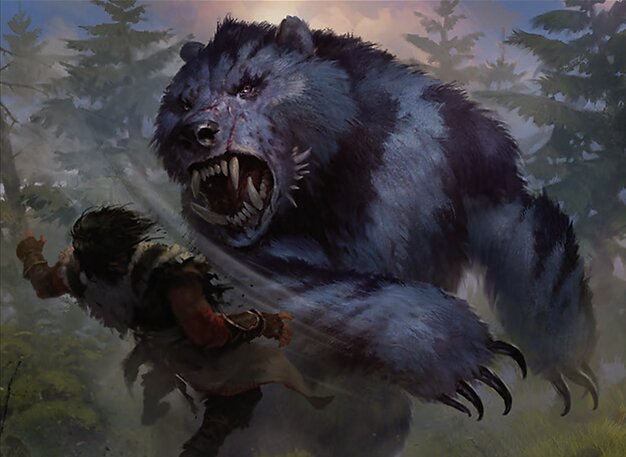
Goreclaw, Terror of Qal Sisma
Ramp into large creatures and use Goreclaw's cost reduction and trample grant to flood the board with powerful threats that can deal massive combat damage.
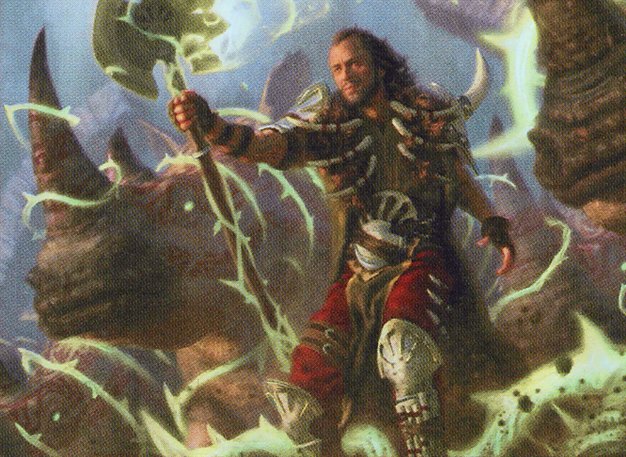
Ghired, Conclave Exile
Generate tokens aggressively, especially rhinos with trample, to overwhelm opponents through combat damage or burn spells.

Dina, Soul Steeper
Gain incremental life through instances and combat triggers to fuel card draw and ping opponents, slowly eroding their life totals while maintaining board presence.
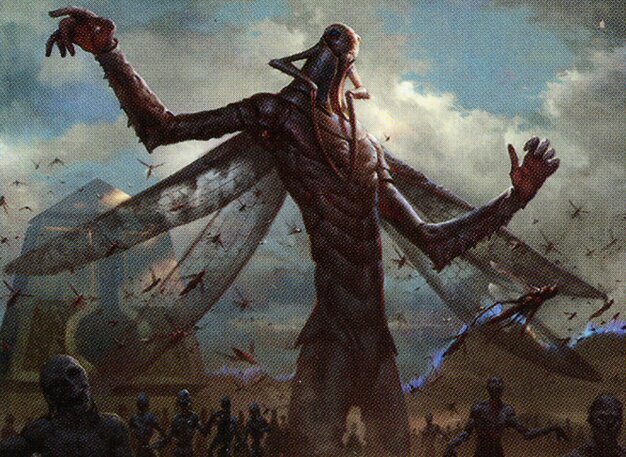
The Locust God
Utilize draw engines, token generation, and wheel effects to maintain hand size advantage and create flying insect tokens to pressure opponents.
Gameplay Insights
- 1
The Locust God player leveraged Bident of Thassa along with Altar of the Brood to generate massive card draw and recurring token production, maintaining strong board control.
- 2
Goreclaw's combination with large creatures and trample allowed significant combat damage, forcing opponents into tough defensive positions.
- 3
Dina's incremental life gain triggers from combat and death synergized well with card draw, enabling sustained resource advantage despite aggressive board states.
- 4
Ghired's token production forced multiple combat engagements, but the player carefully selected targets to avoid becoming an immediate threat to all opponents, highlighting political awareness.
- 5
The use of Cyclonic Rift by the Locust God player reset the board temporarily, buying time and preserving key token generators for a comeback.
- 6
Several players wisely utilized equipment like Skullclamp and synergies like Elemental Bond and Oketra's Monument to convert board presence into card advantage.
Notable Cards
-
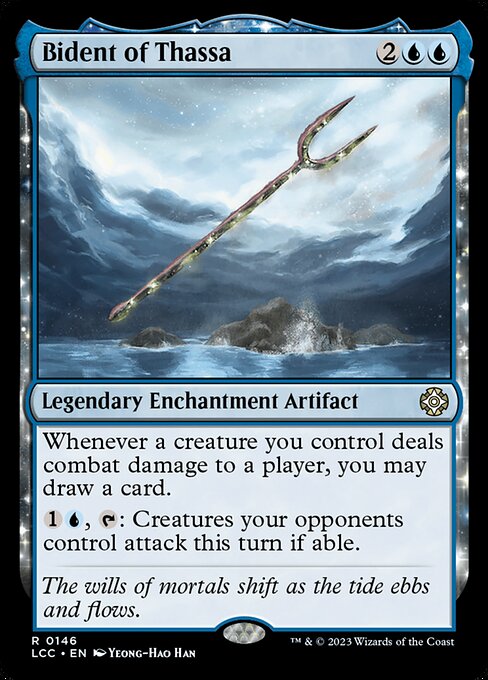
Bident of Thassa
-
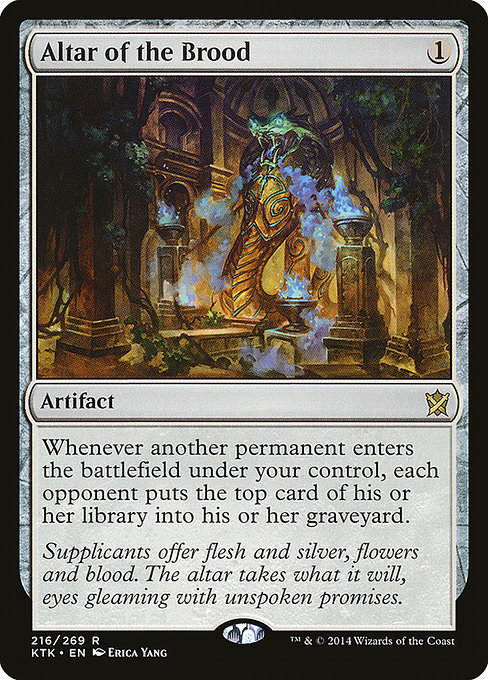
Altar of the Brood
-
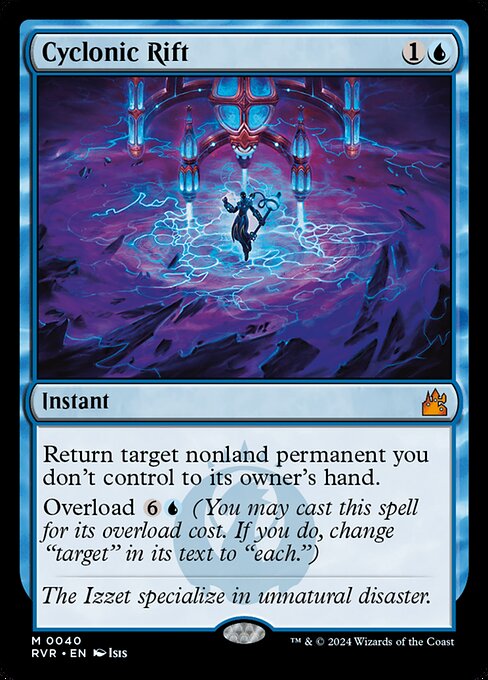
Cyclonic Rift
-
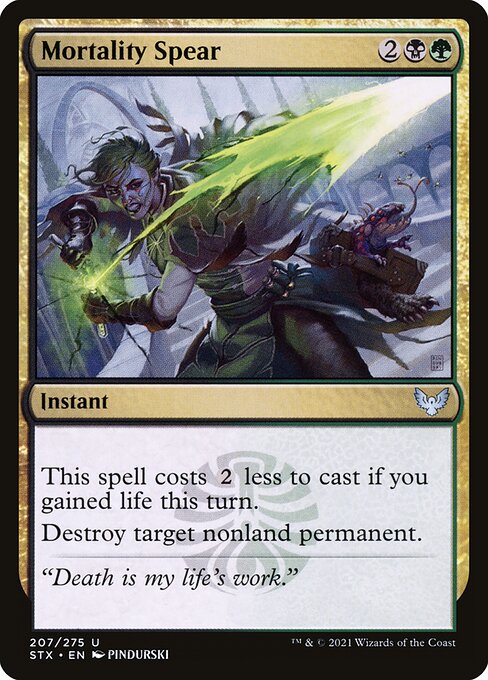
Mortality Spear
-
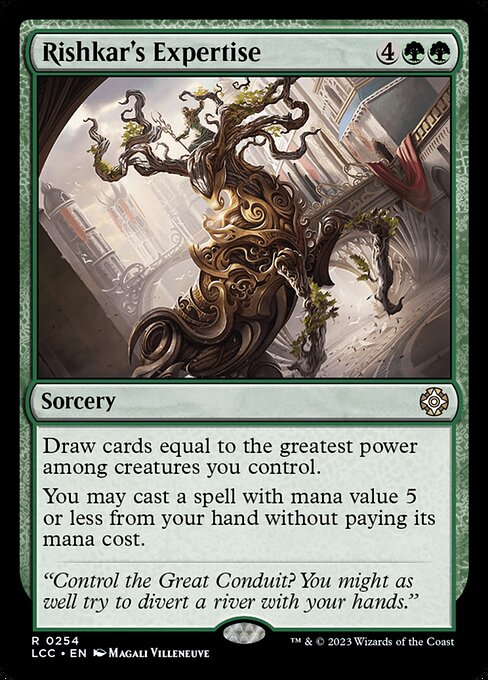
Rishkar's Expertise
-

Garruk's Uprising
-
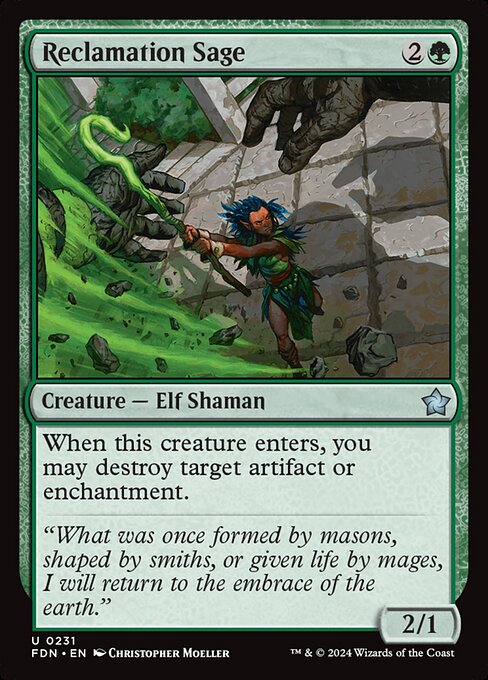
Reclamation Sage
-

Skullclamp
Gameplay Summary
The game featured four aggressive, creature-focused decks centered around combat and board presence.
Early plays established mana bases and deployed ramp creatures and token generators.
Goreclaw leveraged its ability to reduce the cost of big creatures and grant trample, enabling Parker to flood the board with large threats and multiple rhinos.
Ghired's Naya token deck followed a similar aggressive token production strategy, creating multiple rhinos to apply constant pressure and utilize trample for damage.
Dina Soul Steeper focused on life gain triggers, pings, and incremental card advantage, steadily gaining life and drawing cards through combat damage and death triggers.
The Locust God deck sought to generate numerous flying tokens and maintain card advantage through wheel effects, with key plays like casting Bident of Thassa and Altar of the Brood to draw and control the board.

























![Commander Gameplay #32 - Gavi v. Goreclaw v. Heliod v. Golos [EDH Gameplay] thumbnail](https://i.ytimg.com/vi/8KOuMSeD264/sddefault.jpg)



![Commander Gameplay #31 - Trynn and Silvar v. Nikara and Yannik v. Damia v. Goreclaw [MTG GAMEPLAY] thumbnail](https://i.ytimg.com/vi/0XHC3Iiq4zc/sddefault.jpg)


![Commander VS: Commander 2019 Decks from MagicFest Las Vegas! [EDH] thumbnail](https://i.ytimg.com/vi/hAnTUfTMWBU/sddefault.jpg)
![Commander VS S16E8: Kadena VS Sevinne VS Ghired VS Anje [EDH] thumbnail](https://i.ytimg.com/vi/L9vIqyIu0dk/sddefault.jpg)

![Commander VS S16E7: The Locust God VS Horde of Notions VS Tatyova VS Balan [EDH] thumbnail](https://i.ytimg.com/vi/yqrnU70Qx6I/sddefault.jpg)








